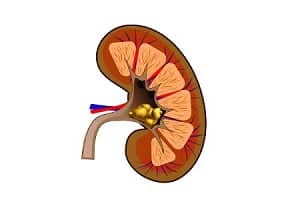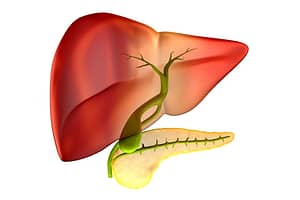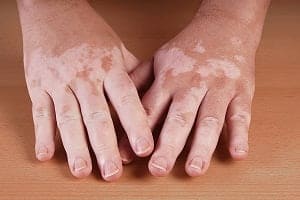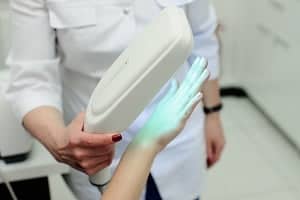What is Vitiligo?
Vitiligo is a pigment-related, autoimmune disease of the skin that can result in natural loss of skin colour. This develops when the cells that produce melanin die or stop functioning.
De-pigmentation may be a result of severe psychological distress, diminished quality of life and increased risk of psychiatric morbidity. The extent and rate of colour loss is unpredictable.
This is a progressive disorder in which, few or most of the melanocytes in the affected skin are selectively destroyed. A major feature of vitiligo is that it is considered by the expansion of white macules, due to the lack of the function of the melanocytes in the skin or hair. It is seen to affect all types of skin, but is more predominant in darker shade skin. However the disorder does not have a racial or ethnic preference.
The skin on any part of the body can be affected by it. It may also affect certain parts of the hair, turning them white and can also result in the loss of colour inside of the mouth. Some people may also lose eye colour. Certain patches of skin appear lighter than others. Few individuals develop a few patches, whereas in severe cases it may affect the entire body. Read about symptoms of vitiligo.
Vitiligo can attack anyone any time and can change one’s life completely. This may often lead to depression and isolation. It can also be stressful or can make you develop low-esteem creating a social stigma. It is not a life-threatening or contagious disorder.
Vitiligo can affect people of any age, race or gender. It is rare and should raise concerns about associated diseases, such as thyroid dysfunction, rheumatoid arthritis, diabetes mellitus, and alopecia areata. Presently, there is no cure for it, but we can minimize the discolouration of the skin.
Surgical and nonsurgical treatments are available but both fail to give cosmetically acceptable pigmentation. Read about treatment of vitiligo.
Types of Vitiligo
Based on the pattern and onset area or place where the white patches develop in body, vitiligo types are broadly classified as:
Segmental vitiligo
It generally affects only one section of the body. It is commonly observed on a hand, a leg, or the face and is also occasionally seen in individuals on portions of hair on head, eyebrows and eyelashes.
Symptoms appear at an early age and are mainly seen in children. This type of vitiligo is much less common and affects only a small percentage of people with vitiligo. Though the condition spreads more rapidly, but is considered more constant and stable than other types of vitiligo.
Though not evenly distributed, it mainly affects the skin areas attached to nerves arising in the dorsal roots of the spine. It is more stable, less variable and responds well to topical medications.
Non-segmental vitiligo
It is a more common type and affects a majority of individuals. It is seen to affect both sides of the body equally. It mostly starts with a discoloration on the hands, feet, or face. The affected areas spread with a pigment loss that occurs throughout an individual’s life. These patches develop mainly on the skin that is more exposed to the sunlight.
Depending on the appearance of the patches on the body, it can be further sub-categorised:
- Generalized vitiligo – This is the most common type of vitiligo and there are no specifications for the size or areas of patches. It appears all over the body in a symmetric pattern.
- Acrofacial vitiligo – De-pigmentation appears far from the centre of the body, mainly on the hands, feet or face near the lips.
- Mucosal vitiligo – It affects mainly the mucous membranes.
- Universal vitiligo – This type of vitiligo is very rare. The de-pigmentation covers the entire body of a person with universal vitiligo.
- Focal vitiligo – Mainly seen in children. It occurs as one or a few patches in a discrete area.







